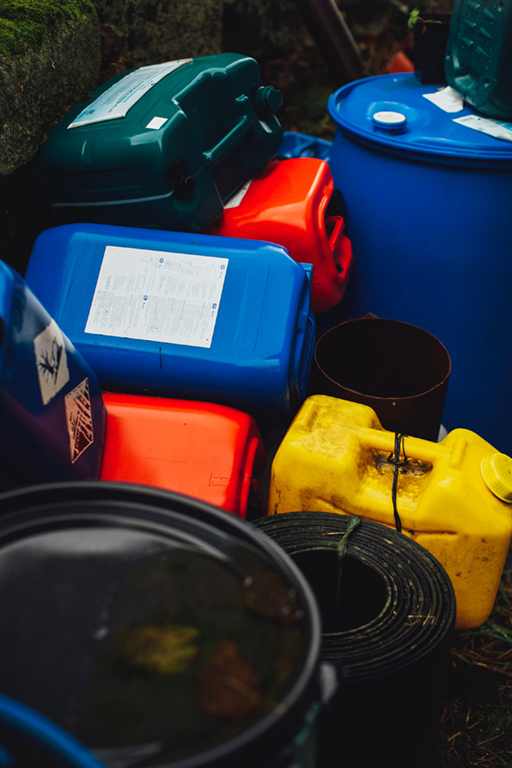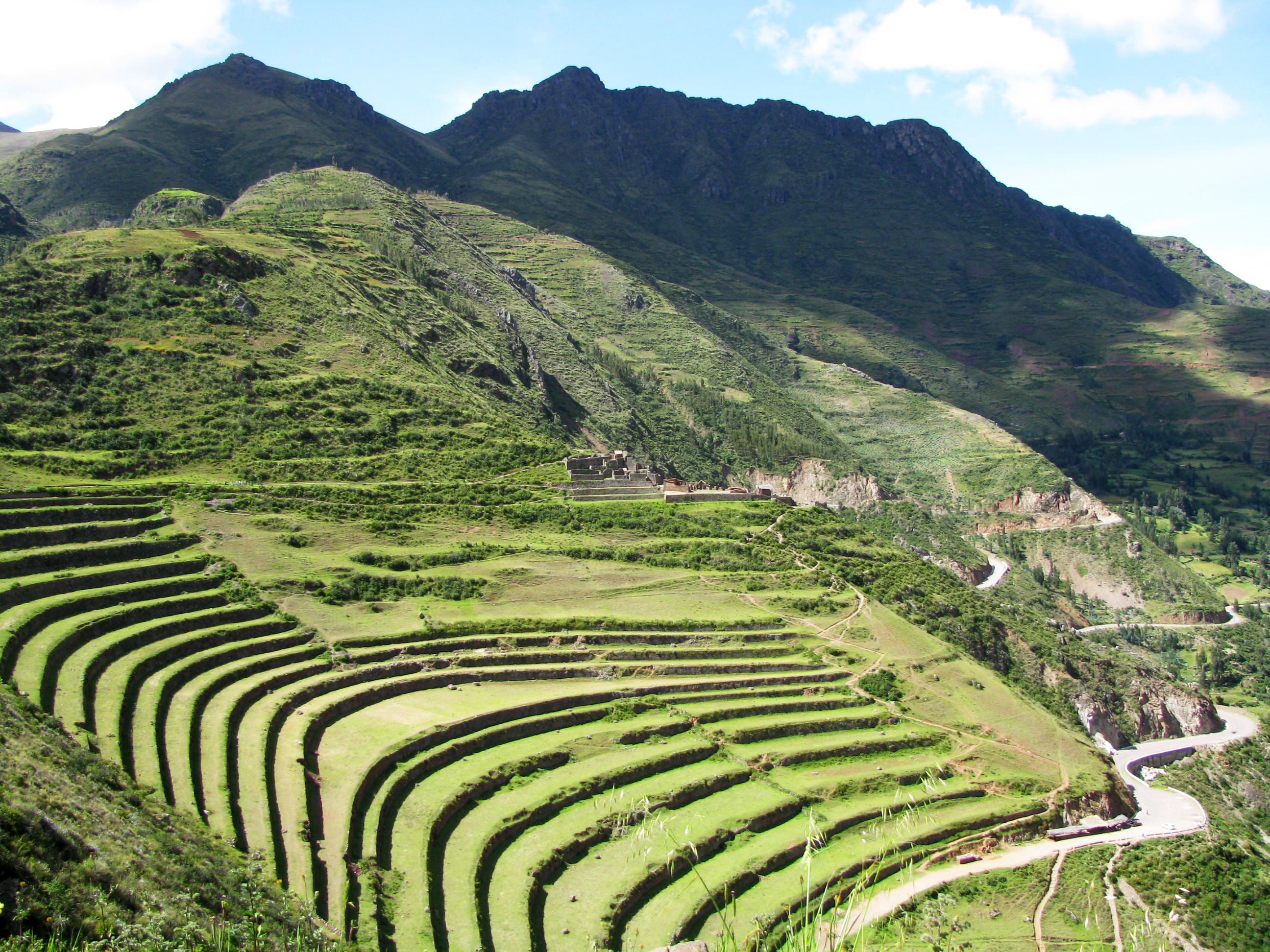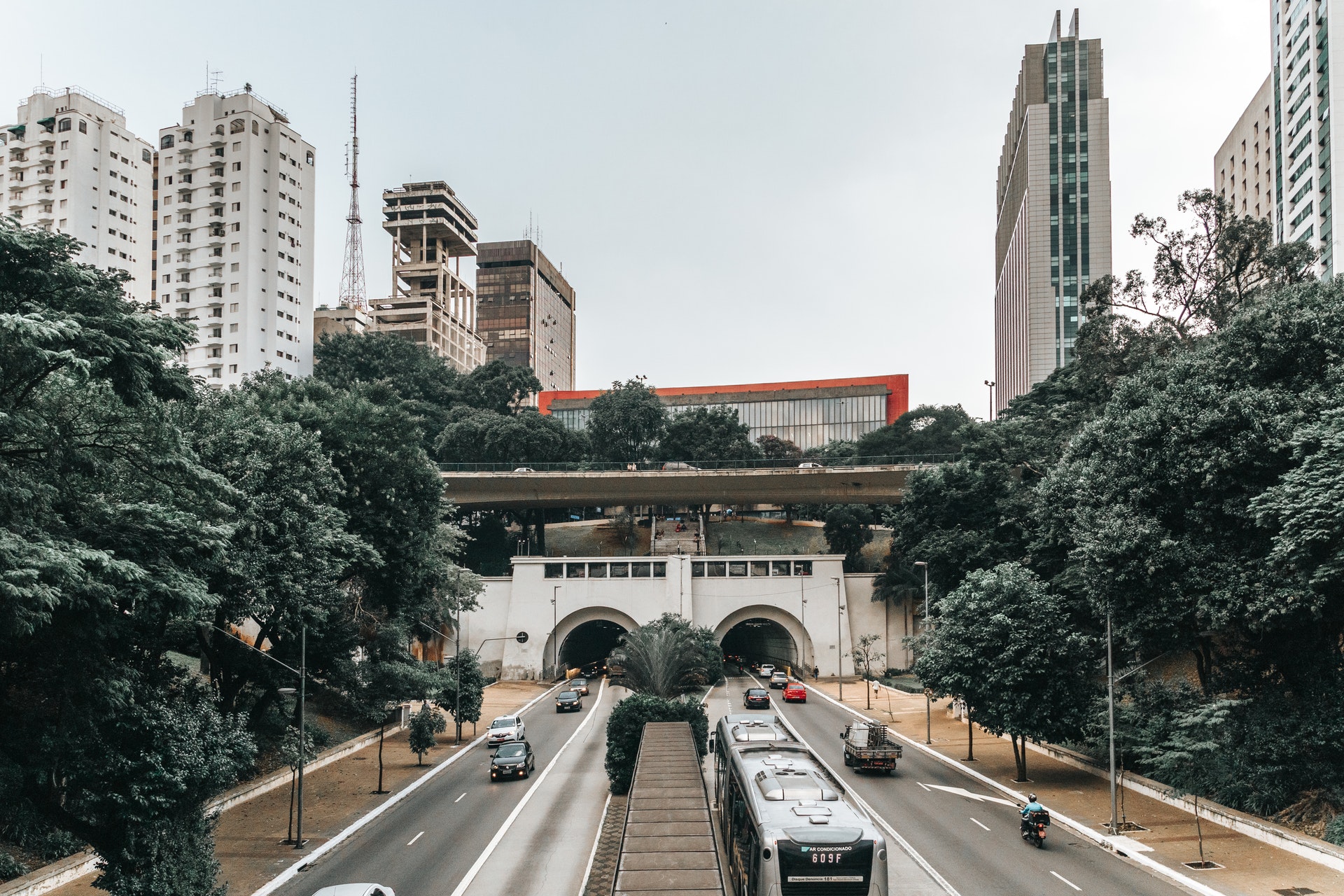News & Blog
Category
Environmental Impact
Should we worry about the Chinchero Airport? Machu Picchu and the Sacred Valley at stake.
Opinion by Stephanie Gil, Member of gaia-liNc
January 11th, 2021
For those of us who know Machu Picchu and the Sacred Valley, the powerful images remind us of the hills and green fields, the local markets and fresh air, family Sundays, and empanadas in Pisac. However, it also reminds us of the permanent and uncontrolled expansion, the lack of decent public transport, the mudslides and floods with great economic losses and years of reconstruction. These negative effects could potentially increase due to a lack of vision of local and national authorities regarding the new Chinchero International Airport, which is designed to “improve” access for tourists to the nearby citadel of Machu Picchu. So why should we fight for a better project and better management of the environment of Machu Picchu? Let’s break down the problem.
- A unique landscape with an increasing demand, Machu Picchu’s environment, composed of a balance between archaeological zones, terraced landscapes, colonial towns, and green areas with natural ecosystems, is constantly threatened by urban expansion. According to studies presented by the Peruvian Commission for the Promotion of Exports and Tourism, the reception of visitors after the construction of the airport would be 5.9 million people per year which requires more workforce. In terms of space, it would represent 238 hectares allocated for new houses and 430 hectares for hotels. If the urban sprawl continues to expand uncontrolled and accelerated, 3 new cities the size of Urubamba (244 hectares) would be needed at the expense of agricultural land. This will increase the dependence on other regions for food supply and other resources, and the loss of valuable natural biodiversity-rich habitats.
- In long-term impact, great effects will take place on the Sacred Valley. Urban sprawl has been consuming the valley floor differently than the agricultural practices and buildings of the Incas, who settled in the higher zones to avoid the risk of flooding and landslides. We should learn from their wisdom. What we are doing now will change the future of the sacred valley.
- The massive logistics of big infrastructure projects implies coordination, in this case between urban development and airport authorities, to guarantee fast access routes especially with public transport. In that sense, the traffic flow planning from and to the airport is an essential task. By adding to the local population more than 16.000 tourists per day depending on private cars we can expect traffic jams, environmental pollution, noise, and informal public transport.
In conclusion, should we worry about the Chinchero Airport and its impact in Machu Picchu and its surroundings? Due to the extremely centralist tourism model, YES, there are reasons for concern. Cusco, the Sacred Valley, and Machu Picchu are a treasure, and therefore they should be given the level of investment that corresponds to their cultural and economic importance. In the end, all locals and visitors should preserve the landscape, cultural and environmental values on which they depend.
In a context such as the Sacred Valley, it is vital a better land use, which would involve a commitment to a low rise-high density, with a minimum of 120 houses per hectare (compared to the current 9 houses per hectare), and to quality public transport that can be used by both locals and tourists. The priority should also focus on a system of flood-resistant public spaces that limit areas of occupation and therefore have better outcomes from cyclical flooding and landslides.
In case you have any questions, feel free to write to me.
sgil@gaialinc.org





